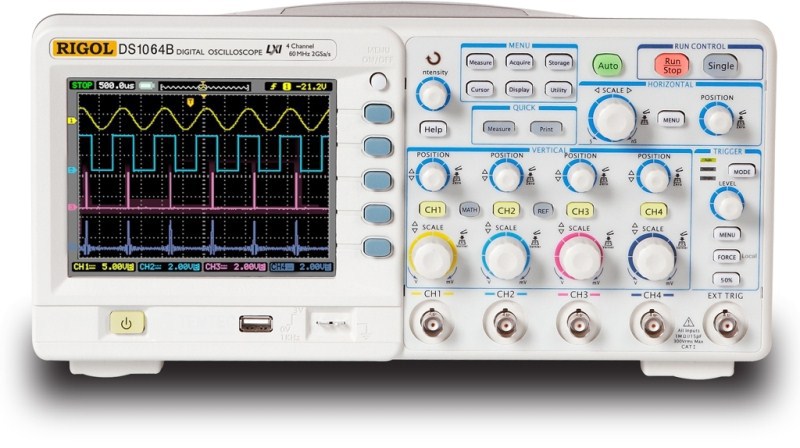Week 10
So, I pretty much wrapped up week ten with my week nine post, but wanted to wait a while to actually write this post because today was my last official day for my internship. I was very excited to go into Medtronic today because I was able to do a tour with my father. We learned of the facilities that Medtronic has and also the business side of Medtronic. For example, how they bought Covidian based in Ireland and how they plan to start making new sorts of devices. The tour was going pretty well the whole time except for when we started to discuss the current medical devices and how they are implanted. For example, I learned about a tiny implantable device used to record the electrical signals from the heart, a pacemaker with several lead connections, and a device designed to rid Parkinson's disease. The actual discussion of how these devices are implanted was a bit more graphic and I learned that for the Parkinson's device surgery, a patient is actually conscious for a majority of the time while the doctor pokes around in the brain. I was fine with the overall discussion of the procedures, or at least I thought. My stomach was starting to hurt and I thought it was because it was nearing lunchtime, but I was wrong. Don't worry I didn't puke, but I did faint. My vision soon went black and was out for four minutes. When I finally came to, there were about seven people around me and I was in shock. I have never fainted before. I recovered quickly and eventually everyone left as I began to walk around. It was just a crazy experience! Overall, it was a odd way to end my last day at my internship.
I learned so much through this internship and project and greatly appreciate everyone who has supported me. Hopefully, I have made an impact by doing this research and I hope people continue to look into the rigorous testing behind such awesome and incredible life-saving devices. The video I have below is kind of difficult to watch, but describes a patient who had a DBS or deep brain stimulation device implanted into him. Just know people like Gary are now living amazing lives because of the continuous hard work put into such important implantable medical devices.
I learned so much through this internship and project and greatly appreciate everyone who has supported me. Hopefully, I have made an impact by doing this research and I hope people continue to look into the rigorous testing behind such awesome and incredible life-saving devices. The video I have below is kind of difficult to watch, but describes a patient who had a DBS or deep brain stimulation device implanted into him. Just know people like Gary are now living amazing lives because of the continuous hard work put into such important implantable medical devices.











